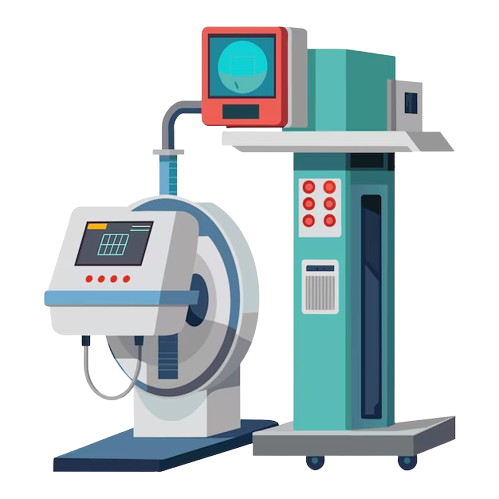

Color Doppler is a non-invasive medical imaging technique that uses sound waves to visualize and assess blood flow through blood vessels in real time. It’s a specialized type of ultrasound that adds color to the Doppler effect, allowing doctors to see the direction and speed of blood flow, which can be critical for diagnosing various cardiovascular and vascular conditions.
Color Doppler is an essential tool for diagnosing and monitoring a variety of vascular and heart-related conditions. It provides real-time, dynamic insights into blood flow, helping doctors make accurate and timely decisions regarding patient care.
1. Evaluates Blood Flow: Color Doppler is particularly effective at assessing blood flow through arteries, veins, and the heart. It allows doctors to measure how fast blood is moving and whether it’s flowing normally or abnormally. This helps in diagnosing conditions like:
– Arterial blockages (due to plaque buildup or blood clots)
– Aneurysms (bulges in blood vessel walls)
– Venous insufficiency (poor blood flow in veins)
2. Heart Function Assessment: It’s used to evaluate the heart’s function by assessing blood flow through heart valves, chambers, and major blood vessels. For example, it can detect:
– Valve issues, like stenosis (narrowing) or regurgitation (leakage)
– Congenital heart defects
– Heart murmurs and abnormalities in heart rhythms
3. Non-invasive: It’s a non-invasive procedure, meaning there’s no need for surgery or needles, making it a safer and more comfortable option for patients.
4. Accurate Diagnosis: Color Doppler provides clear, detailed images that can help doctors diagnose a variety of vascular and heart conditions accurately and quickly.
5. Versatility: It can be used to examine a wide range of body areas, including the heart, arteries, veins, kidneys, liver, and brain, making it a versatile diagnostic tool.



© Copyright 2025 - Tech Scan Cure Diagnostic
© 2025 Designed By Bazaar Digital : A creative Agency